Misaligned disks induced by infall

Michael Küffmeier
C. P. Dullemond, F. Goicovic, S. Reißl
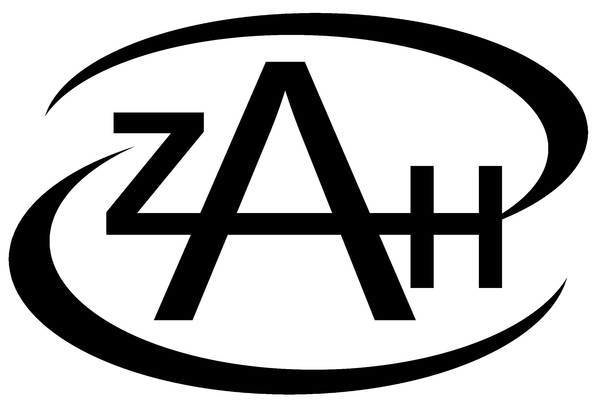




Stars are born and embedded in large assemblies of gas
Star-disk systems form and are located in different environments provided by Giant Molecular Clouds (Size: 10 - 100 pc)

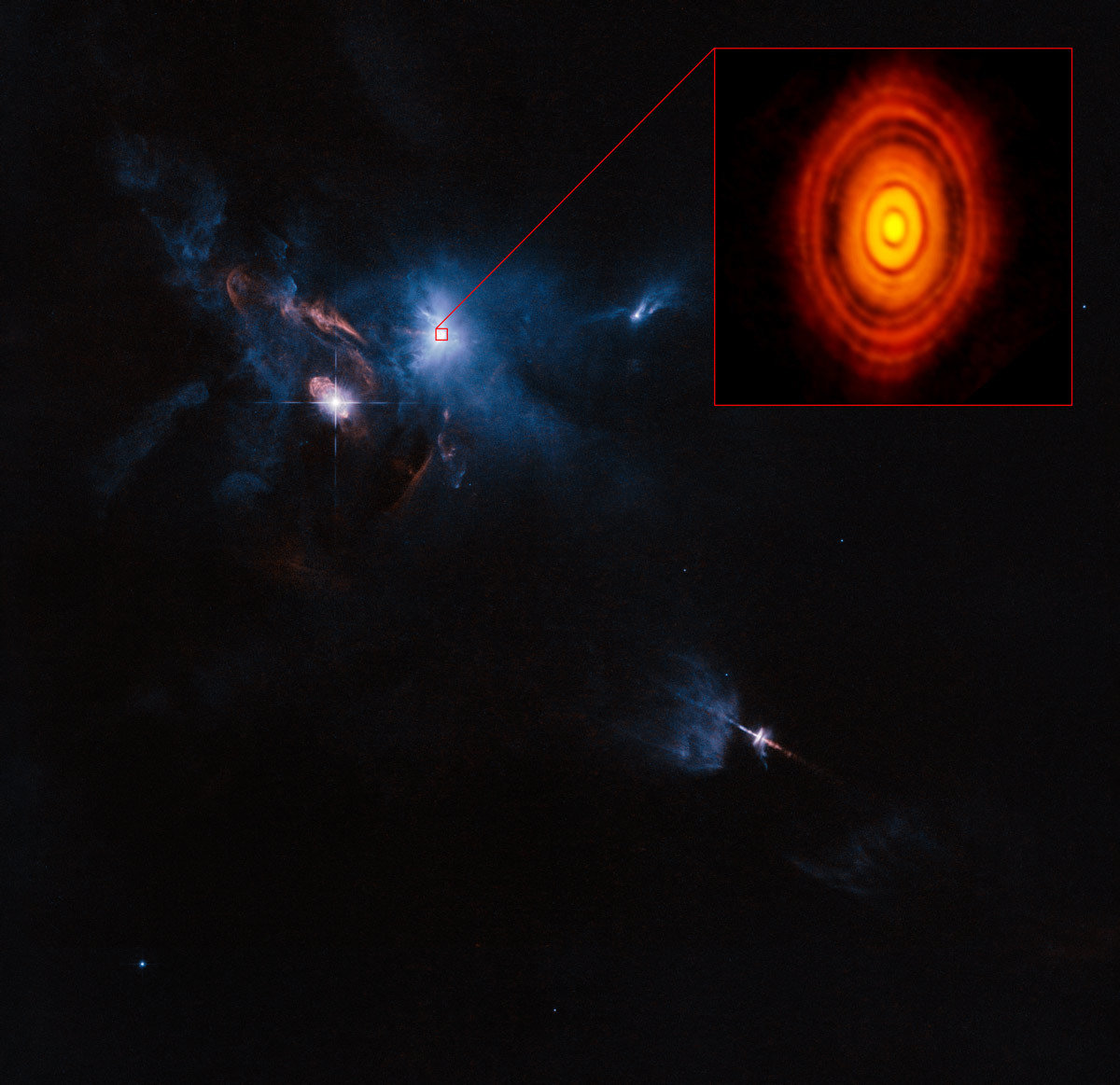
Credit: ALMA (ESO/NAOJ/NRAO)
Heterogeneous accretion implies late infall
Küffmeier et al.
2017
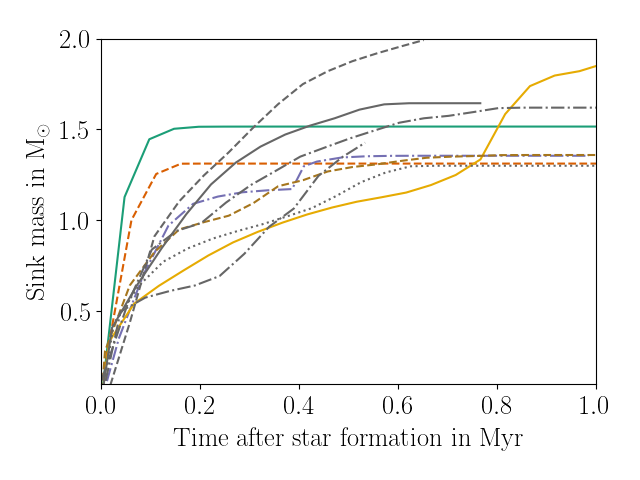

Observational indication: luminosity bursts
Late infall

AB Aurigae
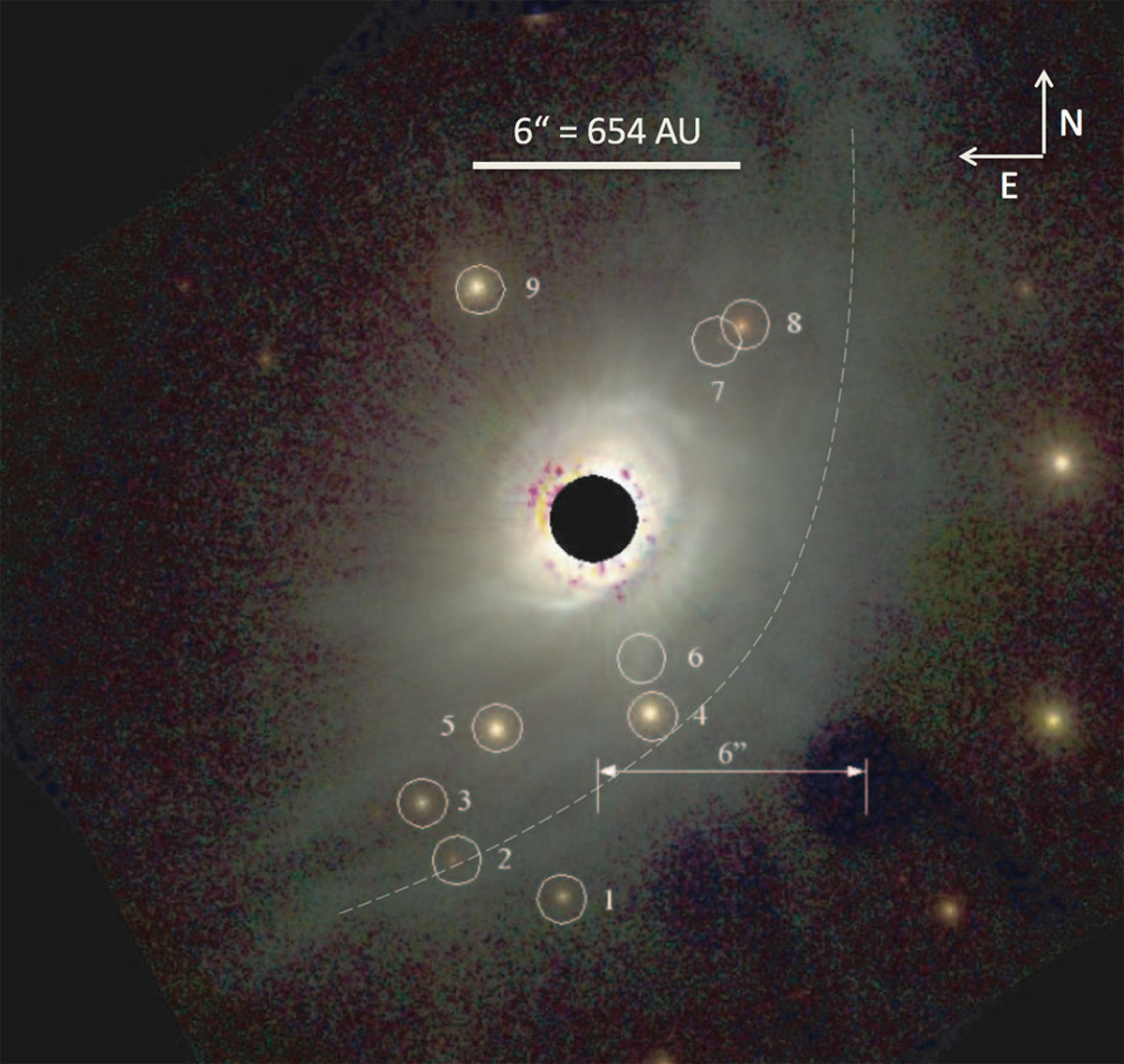
HD 100546
Credit: Grady+ 1999, Fukagawa+ 2004
Can (late) infall cause misalignment of inner and outer disk?
Credit: Ardila+ 2007

200 au
HD 142527
Credit: Avenhaus+ 2014
Extended arc-like structures can be induced by late infall
(Dullemond, Küffmeier, Goicovic+ 2019, Küffmeier, Goicovic & Dullemond 2020)
Possibility of "second-generation" disk
Shadows due to misaligned inner and outer disk
Credit: Marino+ 2015

Simulate cloudlet infall onto disk
AREPO, pure hydrodynamical
isothermal gas
vary infalling angle
vary rotation (prograde, retrograde)
Küffmeier, Dullemond, Reißl, Goicovic submitted

Outer disk forms around inner disk
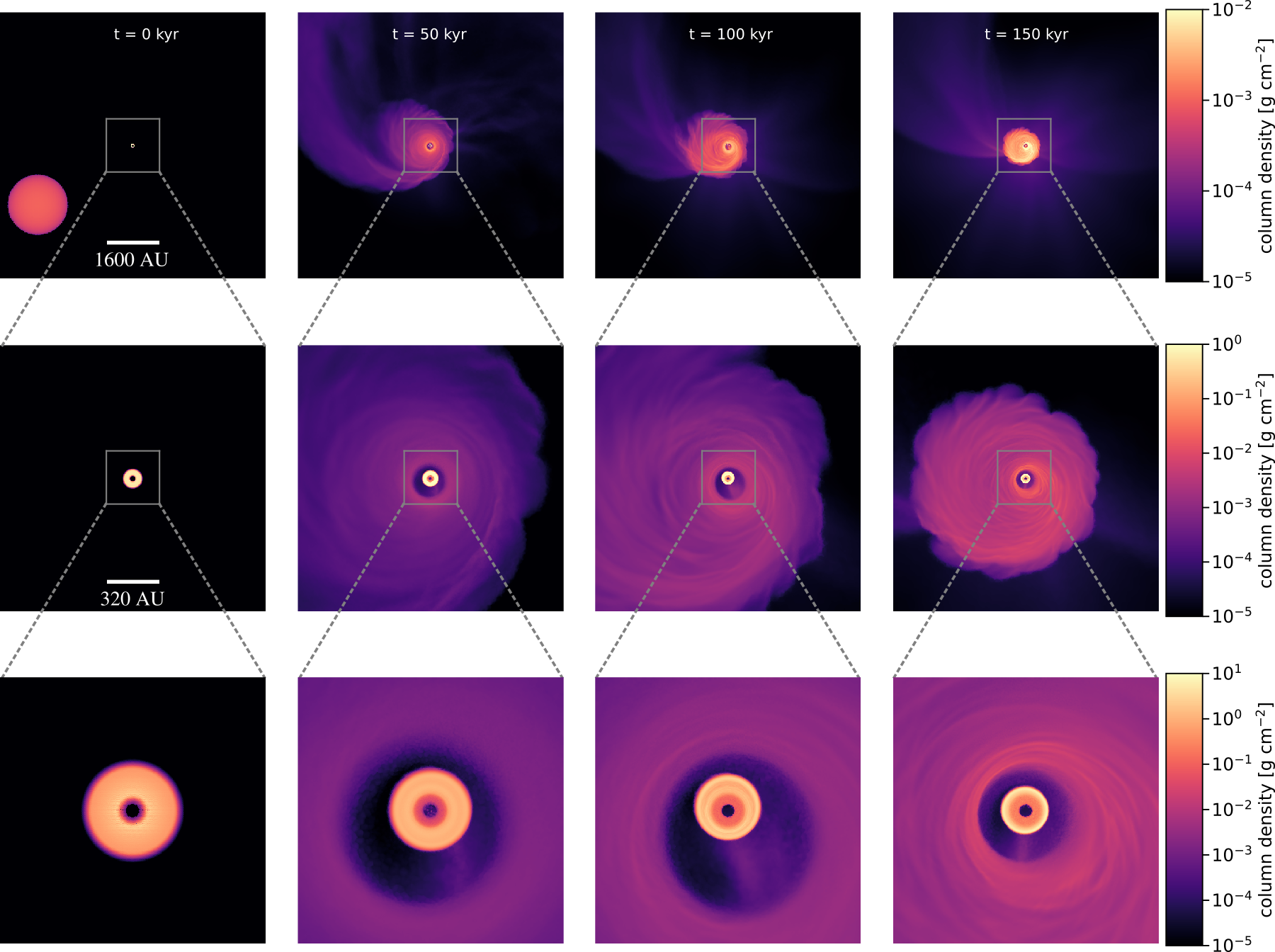
Küffmeier+ subm
consistent with star formation simulations by Bate '18

Prograde vs. retrograde infall

Retrograde infall causes:
- counter-rotating inner and outer disk
- shrinking of inner disk
- enhanced accretion

- larger and deeper gap between disks
see also Vorobyov+ 2016

Effect of infall angle on disk

Formation of misaligned configuration
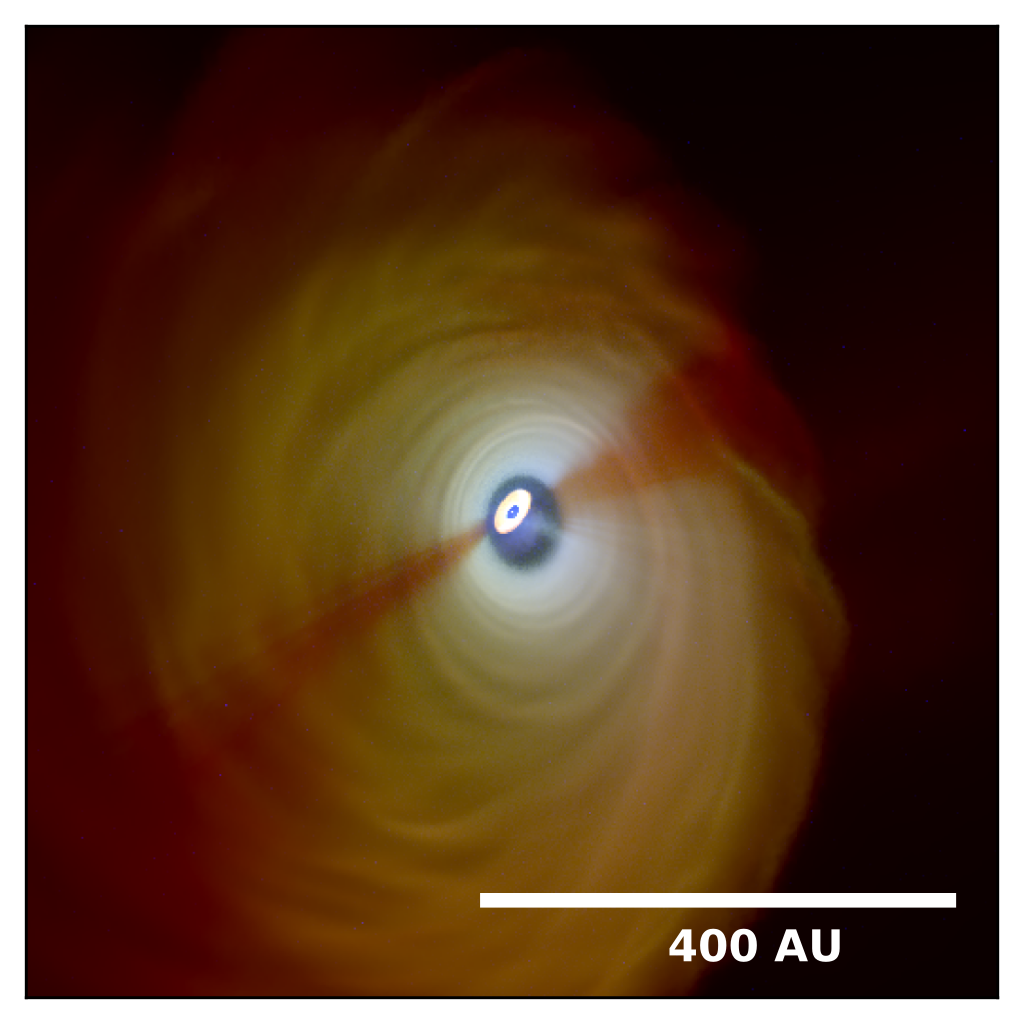
Observable as shadows in outer disk
Take-away points
In infall-induced misaligned systems, the outer disk is expected to have higher eccentricity than the inner disk.

Retrograde infall can cause counter-rotating disks, shrinking of inner disk, formation of gaps (>10 AU) and enhanced accretion.

TBC: zoom-in simulations to consistently account for replenishment of disks through streamers
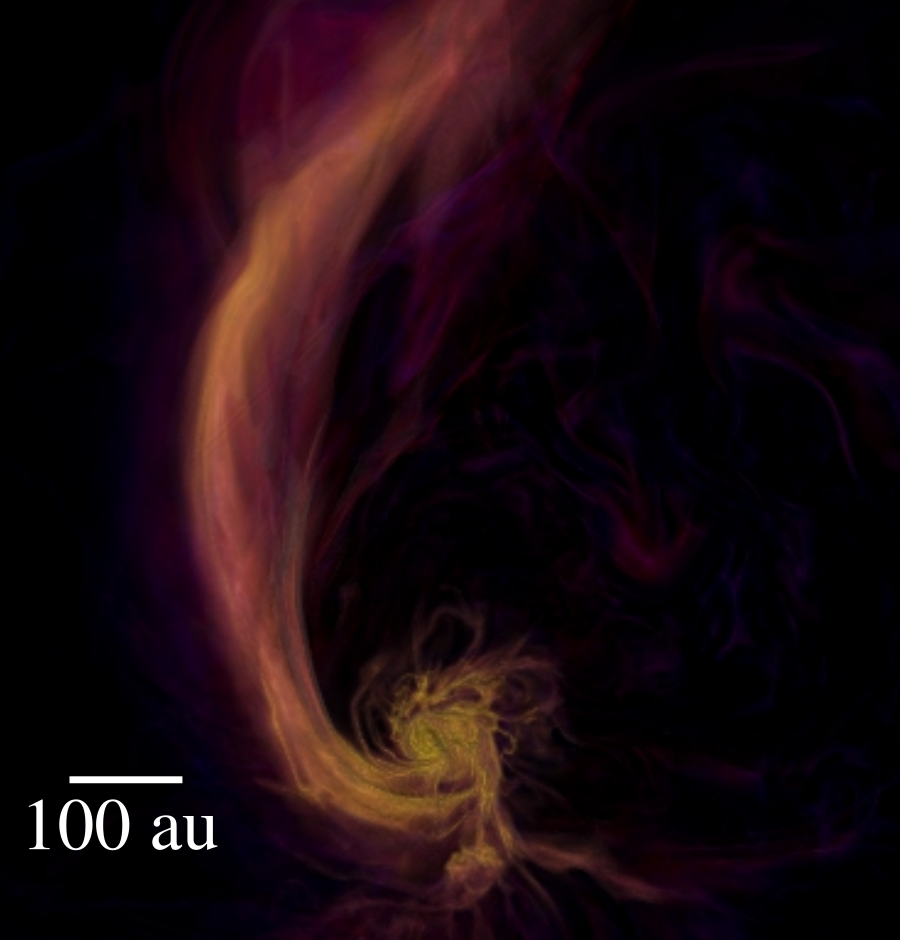
WIP: study synthetic observations of infall-induced shadows

RGB image of misaligned system forming from infall with 60°
blue (1.66 micron), green (53 micron), red (870 micron); Credit: S. Reißl